SUPER BLACK
Copyright 2011 by University of Texas Press
All rights reserved
Printed in the United States of America
First edition, 2011
Requests for permission to reproduce material from this work should be sent to:
Permissions
University of Texas Press
P.O. Box 7819
Austin, TX 787137819
www.utexas.edu/utpress/about/bpermission.html
 The paper used in this book meets the minimum requirements of ANSI/NISO Z39.481992 (R1997) (Permanence of Paper).
The paper used in this book meets the minimum requirements of ANSI/NISO Z39.481992 (R1997) (Permanence of Paper).
LIBRARY OF CONGRESS CATALOGING-IN-PUBLICATION DATA
Nama, Adilifu, 1969
Super black : American pop culture and black superheroes / Adilifu Nama. 1st ed.
p. cm.
Includes bibliographical references and index.
ISBN 978-0-292-72654-3 (cloth : alk. paper) ISBN 978-0-292-72674-1 (pbk. : alk. paper) ISBN 978-0-292-73545-3 (e-book)
1. Comic books, strips, etc.Social aspectsUnited States. 2. Superheroes. 3. African Americans in literature. 4. African Americans in art. 5. Popular cultureUnited States. I. Title.
PN6725.N32 2011
700.452dc23
2011019004
To my mother Marquetta Suvenia Bivens, the only superhero
I have ever had the privilege of knowing
ACKNOWLEDGMENTS
I must thank those who have provided timely advice, steadfast support, and engaged interest during the lengthy and time-consuming process of bringing a book to a conclusion. Thanks go out to Sohail Daulatzai and his brother Yusef for the much-needed, deep discussions about basketball that allowed me to clear my mind for each successive stage of this book. I give much thanks to Casey Kittrell for his humor and professionalism in answering a variety of inquiries and technical riddles. A hearty thank you goes to Victoria Davis for her editorial direction and Laura Griffin for her insightful and clarifying copy-editing. I have to make a special point of recognition for Jim Burr, my sponsoring editor at the University of Texas Press. His commitment, openness, and appreciation of the superhero comic book and film genres were invaluable as the book went from idea, working draft, and final manuscript to done deal. He is a master editorial juggler.
Well-deserved thanks go out to George Huang and his staff over at Comics Factory in Pasadena, California. Sean Jackson pointed me in the right direction, and Kris Zaycher was particularly helpful, with his insights and information that kept me up to date with the mercurial world of comic book characters. In addition, Aaron Johnson and Gene Coty, Jr., facilitated completion of this project with their technical know-how. Lastly, I would be all talk and my ideas a figment of a vivid imagination without my beloved Tamu, Nia, and Nizam. Your cheer, smiles, patience, and reluctant willingness to let me woodshed on the piece made all the difference.
SUPER BLACK
INTRODUCTION
My problem... and Ill speak as a writer now... with writing a black character in either the Marvel or DC universe is that he is not a man. He is a symbol.
DWAYNE McDUFFIE, Comics Journal
Circa 1975, when I was five or six, my father took me to a toy store. I went straight to the section where all the superhero action figures were on display, enclosed in window-boxed packaging. They were eight-inch toys made by the now defunct Mego Corporation. Prior to this moment, superheroes inhabited the television reruns of Filmations The Superman/Aquaman Hour of Adventure (19671968) and the few comic books I had tucked in the corner of my room. Now I was poised to have a handful of superheroes of my very own and I would be able to dictate the terms, times, and types of superhero adventures I could enjoy. I mentally pleaded with my bladder to stop distracting me long enough to concentrate on prioritizing which superhero figure to choose. I wanted to grab them all right then and there. Since I could not, I examined them all and mentally separated various superhero figures into two groups: my must-haves and my want-to-haves. I made sure to point to the Falcon superhero first, and after he was firmly in my grasp I asked my pops if I could get a few more. His yes gave me the go-ahead to scrutinize several other superhero figures and pick the ones I thought looked best. Aquaman, Captain America, and Spider-Man made the cut. Over time I would later acquire Batman, Hulk, Iron Man, Thor, and the Human Torch, but it was the Falcon that captured my imagination most and cemented my attachment to virtually all things superhero. Why? He was a black man that could fly.
With the Falcon I was able to imagine myself as a superhero, rising above my socioeconomic environment, beating the neighborhood bullies, commanding respect from my male peers, and enjoying approval from all of the pretty girls that made me feel so nervous. I later became captivated by another flying black man, the legendary Dr. J (Julius Erving), a basketball player known for defying gravity and for dunking the basketball right in his opponents faces. Although I dutifully tried to imitate the moves I had seen Dr. J perform and dedicated virtually all of my free time to watching, playing, and practicing basketball, I never forgot about the Falcon. The Falcon was my first and my favorite flying black superhero.
The image of a black man gliding through the air, compelling attention, awe, and respect, made a lasting impact on my imagination. The Falcon also operated on a broader social level. The image of the Falcon gliding across an urban skyline symbolized the unprecedented access and upward social mobility many African Americans were experiencing in education and professional positions in the wake of hard-earned antidiscrimination laws and affirmative action. In this sense, black superheroes like the Falcon are not only fantastic representations of our dreams, desires, and idealized projections of our selves, they are also a symbolic extension of Americas shifting political ethos and racial landscape.
Even though I am, in the popular parlance of the black barbershop, a grown-ass man, I still enjoy seeing superheroes save the day in comics, films, live-action television shows, cartoons, and video games. My enjoyment of superheroes as a mature adult, however, does not take place without some degree of trepidation. When parents see me gleefully poking around a local comic book store alongside their children, or catch me dragging my wife into the latest superhero film, I often detect their scornful glances that betray feelings ranging from mild annoyance to awkward disdain for what they probably perceive as an adult still stuck in adolescence. Nonetheless, I am not deterred by their embarrassment for me because I know that the imaginative realms and representational schemes that black superheroes occupy in comics, cartoons, television, and film express powerful visuals, compelling narratives, and multiple meanings around a range of racial ideas and beliefs circulating in American culture.
Despite the symbolic significance of black superheroes in American popular culture, the topic remains, for the most part, unexamined. Admittedly, there are a few scholarly studies concerning black superheroes, but they are topical or truncated glimpses of the fascinating racial complexity black superheroes articulate. For example, Fredrik Strombergs Black Images in the Comics: A Visual History (2003) includes only a handful of black superheroes alongside a wide-ranging pictorial documentation of black comic figures. Richard Reynoldss Super In contrast, Bradford W. Wrights definitive text

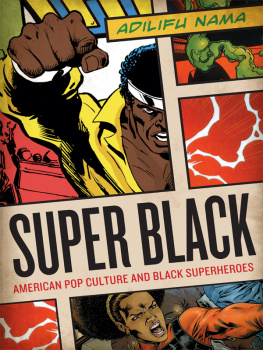


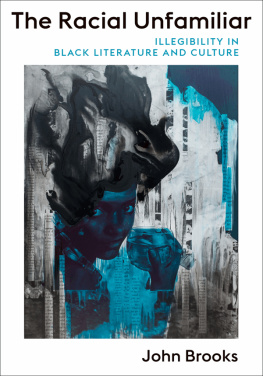
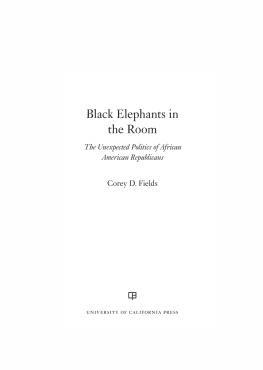
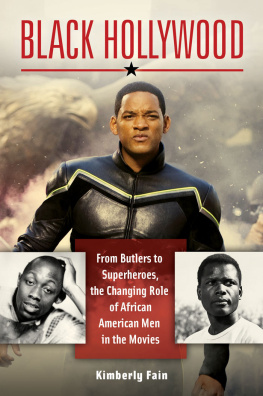

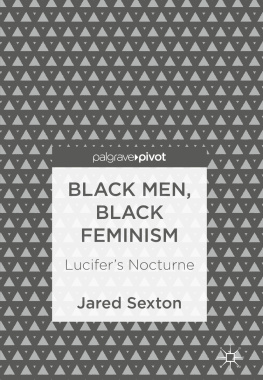
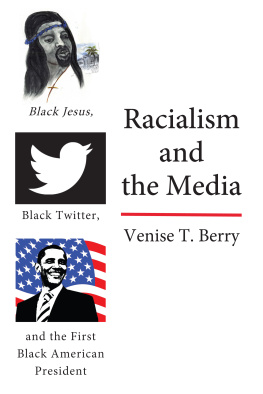


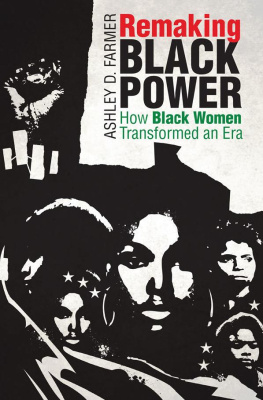

 The paper used in this book meets the minimum requirements of ANSI/NISO Z39.481992 (R1997) (Permanence of Paper).
The paper used in this book meets the minimum requirements of ANSI/NISO Z39.481992 (R1997) (Permanence of Paper).